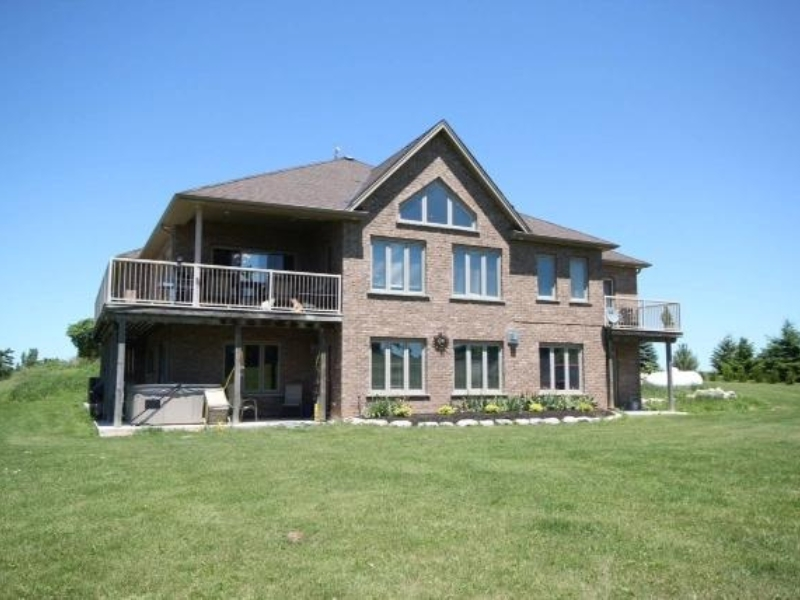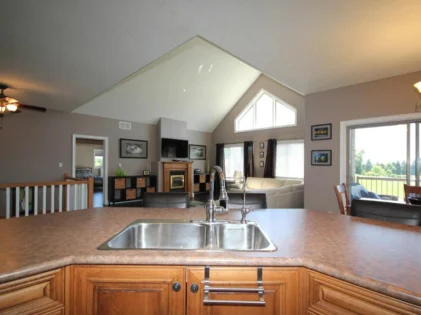Being “caring” isn’t soft—it’s strategic. When residents feel respected and heard, renewals rise, maintenance costs drop, online reviews improve, and vacancies shrink. Here’s a practical, step-by-step playbook to lead with care while hitting your numbers.
Adopt the right mindset
- Steward, not just gatekeeper. You’re stewarding two things: the owner’s investment and the resident’s home. Hold both priorities at once.
- Proactive beats reactive. Good managers fix problems quickly; great managers prevent them.
- Data + empathy. Feelings guide tone; facts guide decisions.
Mantra: “Every interaction should make the property safer, cleaner, and kinder.”

Communicate like a pro (and a human)
- Fast acknowledgements. Reply within 4 business hours—even if it’s “Got your note. I’ll update you by 3 pm tomorrow.”
- One channel for requests. Funnel work orders through a portal/app or dedicated email so nothing gets lost.
- Plain language. Avoid jargon. Example: “We’re replacing the boiler on Thursday, 9am–1pm. Hot water downtime will be ~30 minutes. I’ll text 15 minutes before.”
- Close the loop. After any repair, send a quick “Resolved? Y/N” message.
Reusable script:
“Thanks for flagging this, [Name]. I’m sorry you’re dealing with it. I’ve opened work order #[ID]. A tech is scheduled for [Date/Time]. I’ll check back after to make sure it’s fixed.”
Preventive maintenance that actually prevents
- Quarterly walkthroughs with a simple checklist: smoke/CO alarms, GFCIs, leaks under sinks, window/door seals, trip hazards, HVAC filters.
- Seasonal routines:
- Spring: gutter cleaning, landscaping, pest prevention.
- Summer: HVAC tune-up, irrigation check.
- Fall: furnace service, weatherstripping, roof inspection.
- Winter: pipe insulation checks, ice melt stations.
- Track by unit, not by vendor. A unit history reveals patterns (e.g., recurring leaks in 2B’s bathroom stack).
PMM (Preventive Maintenance Metric): % of work orders that are preventive vs. reactive. Aim for 35–50% preventive.
Make the resident experience friction-free
- Easy onboarding: digital lease, utility setup guide, parking map, move-in photo checklist.
- Welcome touches: a $20 “first-night kit” (toilet paper, soap, small snack, local info). Tiny cost, outsized goodwill.
- Self-service options: online rent, maintenance scheduling, FAQs, pet policy explainer, recycling rules.
- Fair, firm policies: publish response times, noise quiet hours, guest rules—consistency = perceived fairness.
Renewal boost: 60 days before lease end, send market update + options (12-month, 18-month, month-to-month premium) and highlight recent improvements.
Be excellent with vendors
- Build a small, reliable bench (primary + backup for each trade). Share expectations: response time, photo documentation, do-not-exceed amounts.
- After-action photos and three-line summaries go into the unit’s record.
- Pay promptly. Great vendors prioritize you when you prioritize them.
Vendor scorecard: on-time arrival, first-visit fix rate, resident rating (1–5), cost vs. estimate. Review quarterly.
Protect the asset with smart financial habits
- Budget by category: turns, cleaning, landscaping, utilities, CapEx reserves, legal.
- Know your numbers:
- Economic occupancy (who’s paying) vs. physical occupancy (who’s living there)
- Turn time (keys received → rent-ready → re-leased)
- Maintenance cost per unit per year
- Renewal rate and average days vacant
- Owner reporting: monthly snapshot: income, expenses by category, delinquencies, work orders opened/resolved, notable risks/opportunities.
Rule of thumb: spend a little early (e.g., $60 for faucet cartridges) to avoid the $400 emergency call later.
Screen fairly and thoroughly
- Consistent criteria: income multiples, credit guidelines, rental history, references—all written, applied equally.
- Comply with fair housing laws. Train your team, document decisions, avoid subjective language.
- Pet policies with pet screening and reasonable pet rent help widen the applicant pool while protecting the property.
Template reply when declining:
“After applying our published rental criteria uniformly, we’re unable to approve your application at this time. You’ll receive an adverse action notice with details. Thank you for your interest.”
Handle conflict with care and boundaries
- De-escalate: listen fully, mirror (“What I’m hearing is…”), validate impact, restate next steps.
- Offer choices: “We can send maintenance tomorrow 8–10am or 3–5pm.” Choice restores control.
- Document everything: dates, times, who said what, photos. If it’s not documented, it didn’t happen.
- Know when to say no: caring doesn’t mean rule-bending. Safety and fairness come first.
3-step follow-up: summary email → status update by the promised time → resolution confirmation.
Use simple tech that residents actually use
- Property management software: portals for rent/requests, automated late fees, renewal workflows.
- Communication stack: SMS for updates, email for notices, phone for sensitive conversations.
- Dashboards: track KPIs weekly; share highlights with owners monthly.
Automation ideas:
- Auto-reply to new maintenance requests with ETA rules.
- Lease anniversary reminders 90/60/30 days.
- Filter replacement reminders every 90 days (mail residents filters).
Plan for emergencies before they happen
- Written incident plans for fire, flood, gas smell, power loss, elevator failure, water shutoffs.
- Grab-sheet with 24/7 vendor numbers, utility shutoff locations, unit map.
- Crisis comms: one factual message to all affected residents; provide time windows and next updates. Follow with status at promised intervals.
Post-incident debrief: what failed, what worked, how to prevent recurrence.
Take care of yourself and your team
- Boundaries: published office hours + emergency line rotation to avoid burnout.
- Weekly 30-minute team standup: top risks, aging work orders, vendor issues, renewal targets.
- Celebrate small wins: shout-outs for 5-star reviews, fast fixes, zero-defect turns.
KPIs that prove “caring” is working
- Renewal rate: Target 55–70% depending on market.
- Average days to complete work orders: <2 business days; emergencies same day.
- Online rating trend: aim for +0.3 stars over 6–12 months.
- Turn time: <10 days to rent-ready on average.
- Delinquency rate: trending downward month over month.
Quick checklists
Move-In Checklist (Resident-Facing)
- Keys/fobs tested
- Internet/utility setup guides provided
- Appliance how-to + warranty cards
- Trash/recycling locations + pickup days
- Parking map + guest policy
- Maintenance request QR code
- Welcome kit delivered
Quarterly Unit Walkthrough
- Test smoke/CO alarms
- Swap HVAC filter
- Check under-sink traps & supply lines for leaks
- Inspect caulking around tubs/showers
- Test GFCI outlets
- Window/door seals & locks
- Photograph meter readings (if applicable)
The bottom line
Caring property management is measurable. When you pair empathy with process—clear communication, preventive maintenance, fair screening, vendor excellence, and disciplined reporting—you create safer homes, happier residents, and stronger returns. Start with fast acknowledgements, a seasonal maintenance calendar, and a renewal-ready checklist. Then improve one metric each month. Small, steady upgrades compound into a standout reputation—and a portfolio that runs smoothly.

